The Science of Human Epigenetics and Disease
Introduction
Human epigenetics is the study of changes in gene expression or cellular phenotype that do not involve alterations to the underlying DNA sequence. It is a complex field of study that has significant implications for our understanding of biology and disease. Epigenetic changes can switch genes on or off and determine which proteins are transcribed. They can be influenced by several factors including age, environment, lifestyle, and disease state. Understanding the role of epigenetics in human disease is a rapidly expanding field of research with potential implications for disease prevention, diagnosis, and treatment.
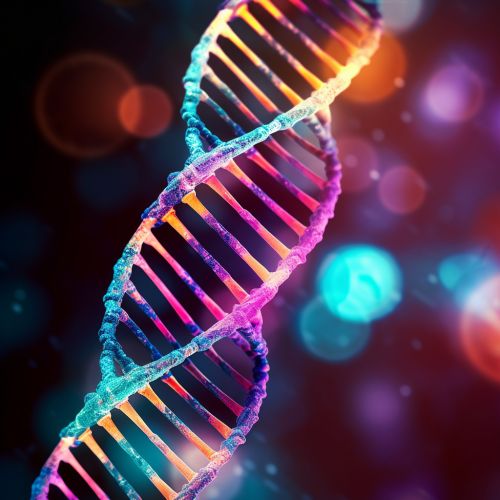
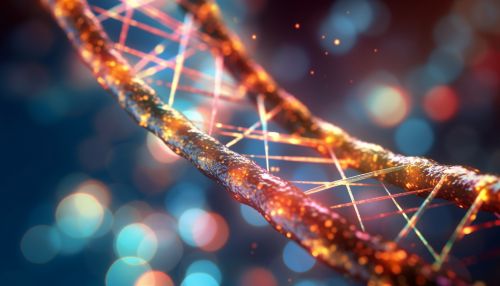
Epigenetic Mechanisms
Epigenetic changes are brought about through various mechanisms including DNA methylation, histone modification, and non-coding RNA molecules.
DNA Methylation
DNA methylation is a process by which methyl groups are added to the DNA molecule. It is a crucial part of normal organismal development and cellular differentiation in higher organisms. DNA methylation represses gene expression by inhibiting the binding of transcription factors and other proteins required for transcription.

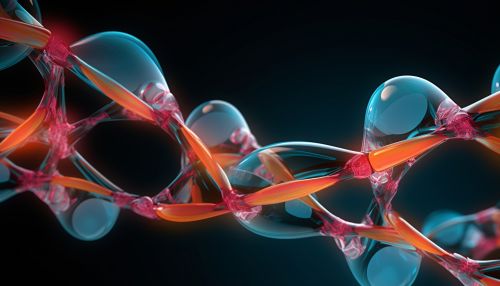
Histone Modification
Histones are proteins that help package DNA into a compact, efficient form. They can be modified by the addition or removal of various types of chemical groups, including acetyl, methyl, and phosphate groups. These modifications can alter the structure of the chromatin and control gene expression. Histone modification is a critical component of epigenetic regulation.

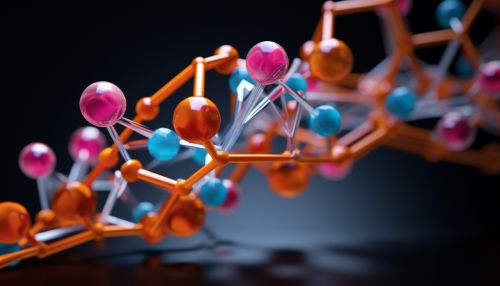
Non-Coding RNA
Non-coding RNAs (ncRNAs) are RNA molecules that do not code for proteins but have roles in regulating gene expression. Some ncRNAs, such as microRNAs and long non-coding RNAs, have been found to play a role in epigenetic regulation. They can control gene expression by interacting with DNA, RNA, and proteins.

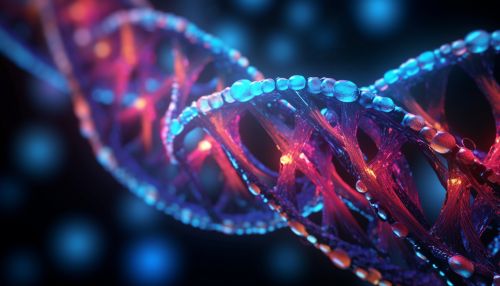
Epigenetics and Disease
Epigenetic changes can lead to abnormal gene expression or cellular function, and have been linked to a number of diseases. They are thought to play a role in the development of various types of cancer, autoimmune diseases, neurological disorders, and cardiovascular diseases.
Cancer
In cancer, changes in the epigenetic landscape are common and can lead to the activation of oncogenes or the silencing of tumor suppressor genes. For example, hypermethylation of DNA in gene promoter regions can lead to the downregulation of tumor suppressor genes. On the other hand, hypomethylation can lead to the overexpression of oncogenes.
Autoimmune Diseases
Epigenetic changes are also implicated in autoimmune diseases such as lupus, rheumatoid arthritis, and multiple sclerosis. These changes can lead to the inappropriate activation or repression of genes involved in the immune response, leading to an abnormal immune response against the body's own cells.
Neurological Disorders
Several neurological disorders, including Alzheimer's disease, Parkinson's disease, and autism, have been linked to epigenetic changes. These changes can affect the expression of genes involved in brain function and development.
Cardiovascular Diseases
Epigenetic changes can also contribute to cardiovascular diseases. For example, changes in DNA methylation patterns have been associated with atherosclerosis, heart failure, and hypertension.
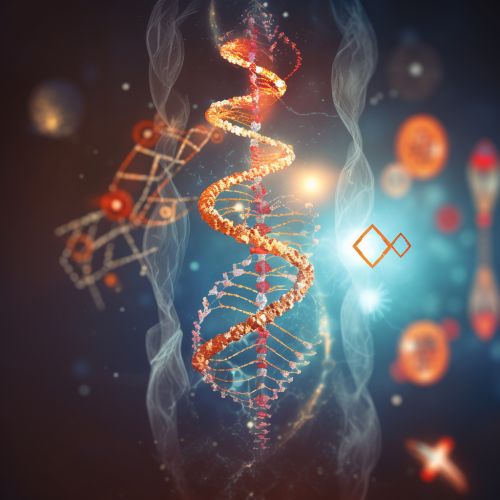

Epigenetic Therapies
Understanding the role of epigenetics in disease has led to the development of new therapeutic strategies. Epigenetic therapies aim to reverse the abnormal gene expression patterns that contribute to disease. These therapies include drugs that inhibit DNA methylation or histone modifications.


Conclusion
The field of human epigenetics has significantly expanded our understanding of how genes are regulated and how changes in this regulation can lead to disease. With the development of new technologies and methods, we are now able to study epigenetic changes in greater detail and understand their role in various diseases. This has opened up new avenues for the development of novel therapeutic strategies aimed at reversing these changes.
